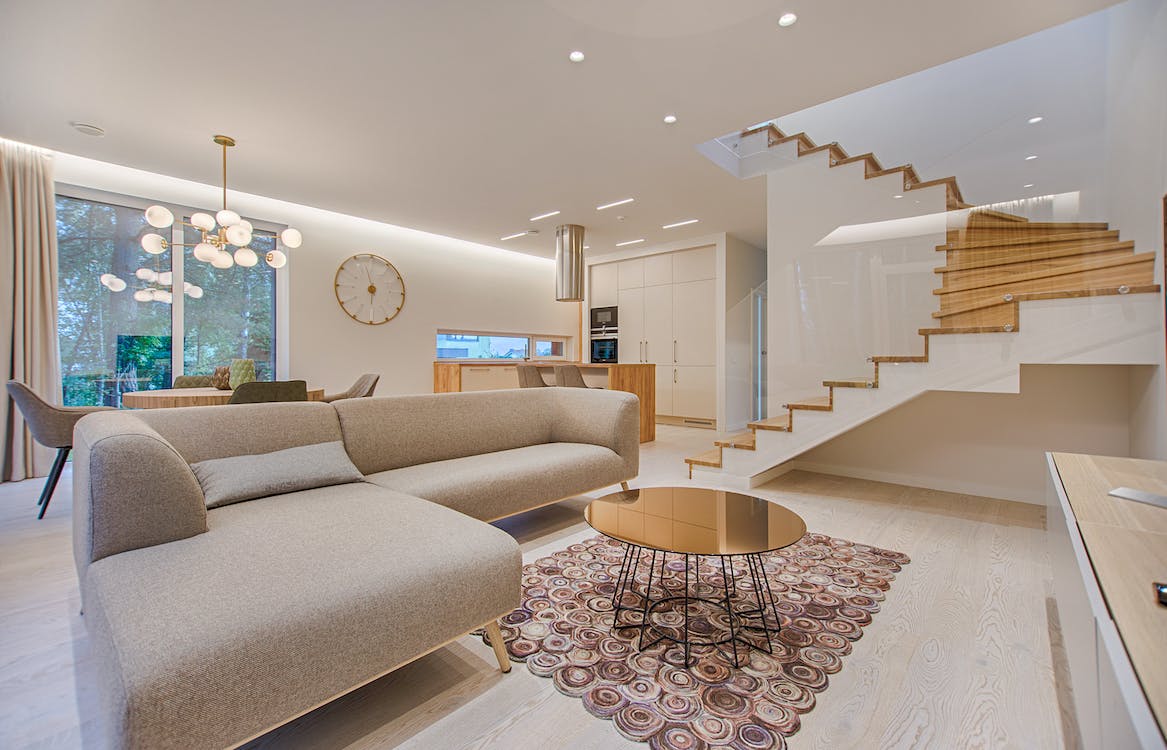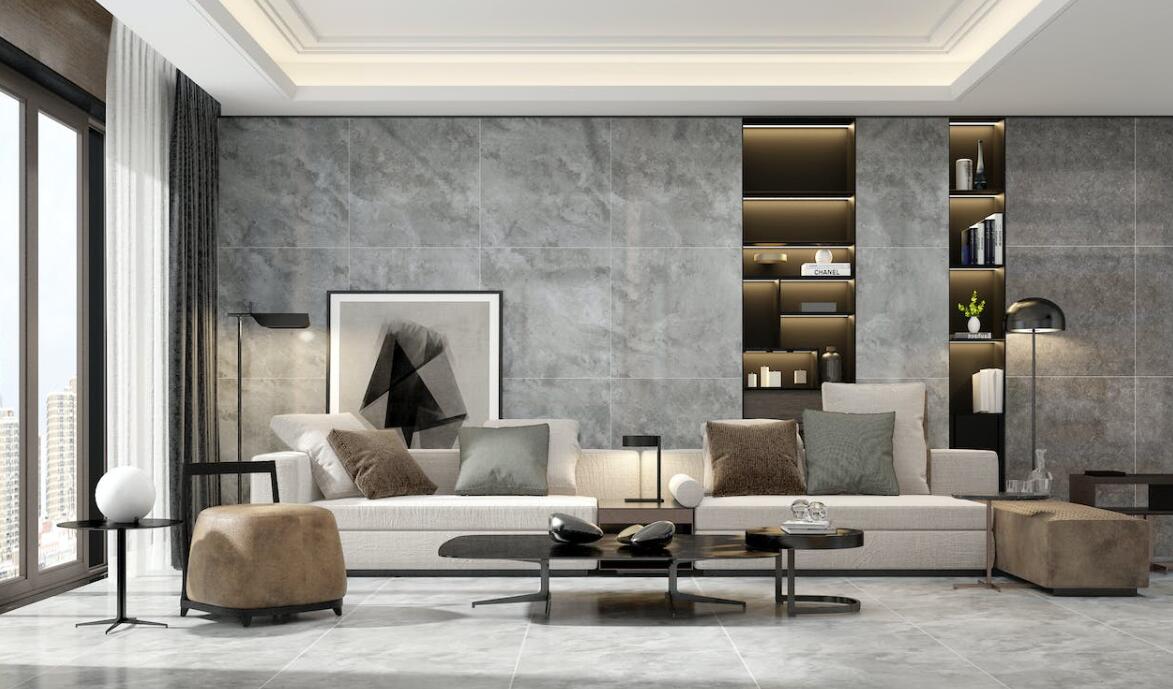Why Furniture Upholstery Fabric Is Important?
When it comes to choosing furniture for your home or office, the upholstery fabric might not be the first thing that comes to mind. However, it plays a crucial role in the overall look, feel, and durability of your furniture. From style to comfort, and even maintenance, the choice of upholstery fabric can greatly influence your furniture experience. Let's delve into why upholstery fabric is so important, examining its impact on various aspects of your furniture selection.
Style
Upholstery fabric sets the tone for the aesthetic of your furniture piece. Whether you're going for a sleek, modern look or a cozy, traditional feel, the fabric you choose will heavily influence the overall style. Different fabrics can convey different vibes – from luxurious velvet to casual cotton or chic leather. The color, texture, and pattern of the upholstery fabric can also significantly contribute to the visual appeal of your furniture, tying together the décor of the room.
For instance, if you have a minimalist, modern interior, you might opt for a sleek, solid-colored fabric like leather or a simple textured fabric. On the other hand, if your space leans towards a more eclectic or bohemian style, you could experiment with vibrant colors, intricate patterns, or luxurious textures like velvet or jacquard.
Color and Patterns
The color and pattern of upholstery fabric can transform a plain piece of furniture into a statement piece. Whether you opt for bold, eye-catching patterns or subtle, solid colors, the fabric choice can either complement or contrast with the rest of your interior design.
Additionally, the color and pattern of the fabric can impact the perceived size of the furniture – lighter colors and smaller patterns tend to make the furniture appear larger, while darker colors and larger patterns can have the opposite effect.
Neutral tones like beige, gray, or cream can create a timeless and versatile look, allowing you to easily update the room with accents like throw pillows or rugs. Bold colors such as navy, emerald green, or mustard yellow can add personality and drama to your furniture, while patterns like florals, stripes, or geometric designs can inject visual interest and texture.

Comfort
Comfort is paramount when it comes to furniture, and upholstery fabric plays a significant role in determining how comfortable a piece will be. The texture and softness of the fabric can affect how enjoyable it is to sit or lounge on the furniture. Fabrics like plush velvet or soft chenille can add a cozy, inviting feel, while rougher textures might detract from the comfort level. Additionally, the breathability of the fabric can impact how hot or cold the furniture feels, especially in different seasons or climates.
Natural fibers like cotton and linen offer breathability and a soft, inviting feel, while synthetic fibers like polyester and acrylic can provide durability and resistance to stains and wear. Additionally, fabrics with a high thread count or dense weave tend to be more durable and comfortable.
Care
The maintenance and care required for furniture can vary depending on the upholstery fabric used. Some fabrics are more stain-resistant and easy to clean, making them ideal for high-traffic areas or households with children and pets. Others may require more delicate care, such as professional cleaning or gentle spot treatments.
For example, leather upholstery may require occasional conditioning to maintain its suppleness and prevent drying and cracking. Fabrics like microfiber or polyester blends are often easy to clean with a damp cloth or gentle upholstery cleaner, making them ideal for households with children or pets. Considering your lifestyle and how much time and effort you're willing to invest in maintaining your furniture can help guide your choice of upholstery fabric. It's essential to follow the manufacturer's care instructions to ensure the longevity of your furniture.
It Determines the Cost
The type of upholstery fabric you choose can significantly affect the cost of your furniture.
High-quality, durable fabrics such as leather or high-end textiles may come with a higher price tag upfront but can last longer and maintain their appearance better over time. On the other hand, more budget-friendly options like synthetic fabrics or cotton blends may be more affordable initially but could require more frequent replacement or maintenance, potentially costing more in the long run.
Natural fibers like linen and wool tend to be more expensive than synthetic alternatives due to their durability and luxurious feel. Leather upholstery, particularly top-grain or full-grain leather, is among the most expensive options but is prized for its durability and timeless appeal. Synthetic fabrics like polyester and nylon are typically more affordable and come in a wide range of colors and patterns.

In conclusion, the upholstery fabric is a crucial consideration when selecting furniture, impacting everything from style and comfort to maintenance and cost. Investing in high-quality fabric that aligns with your aesthetic and functional requirements will ensure that your furniture not only looks great but also stands the test of time. By carefully choosing the right fabric for your needs and preferences, you can ensure that your furniture not only looks great but also serves you well for years to come.
